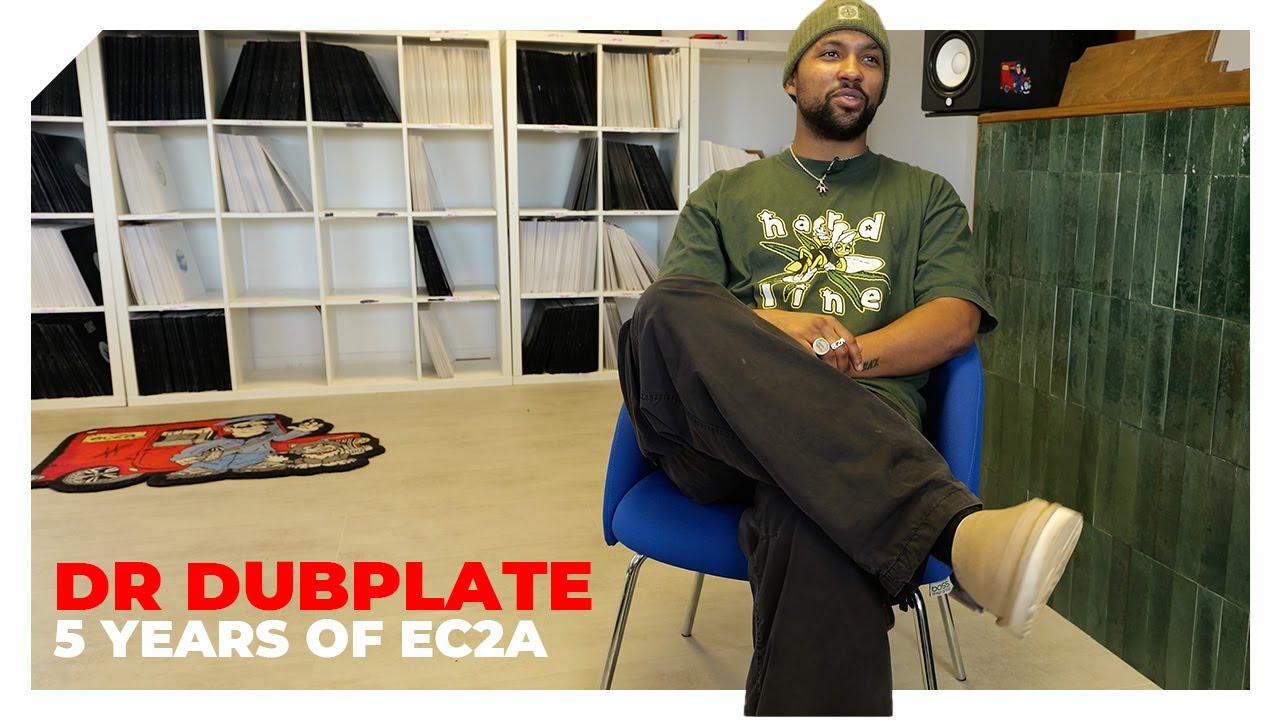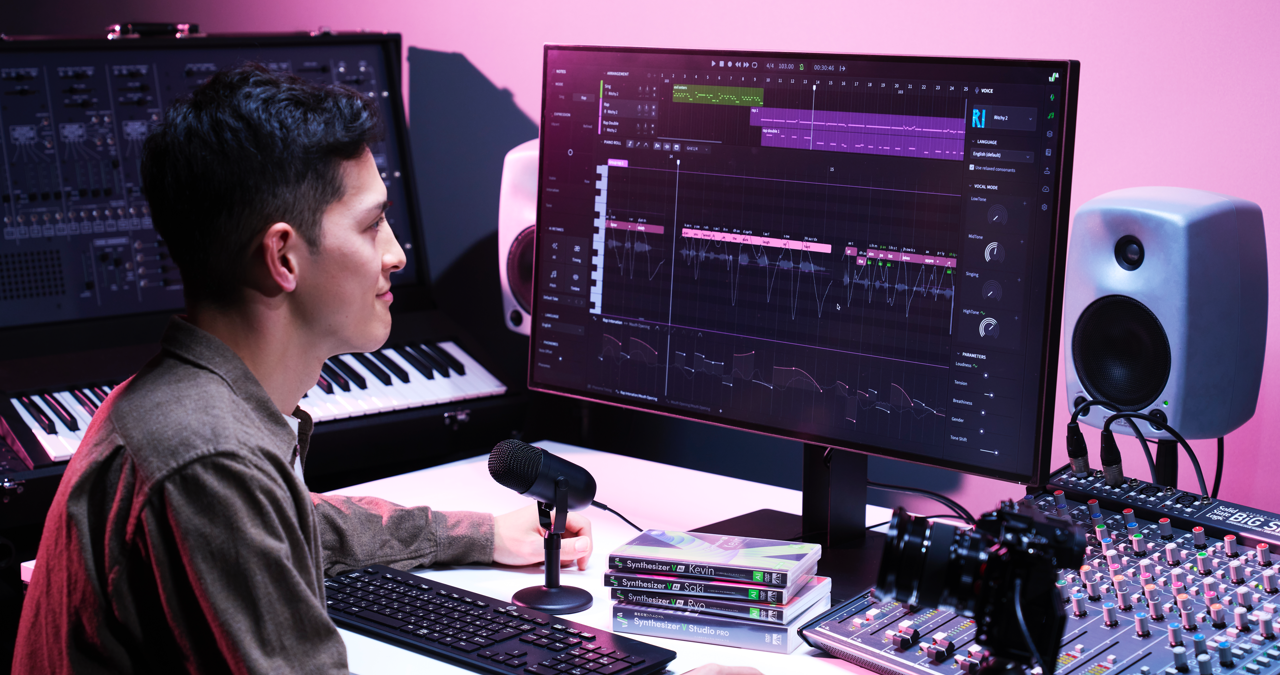“If your flanger is too harsh, try a chorus - if it's too subtle, try a phaser”: How modulation effects work and how to use them
If chorus is the most common modulation effect, phasing and flanging are not far behind - but often confused. We ask why, and demystify

Part of the reason for the confusion between chorus, phasing and flanging is the close similarity in sound between the three. Arguably the technical differences between them are subtle, but when pushed to excess, they can all sound very different
In order to understand the intrinsic differences between the three, we need to understand the principles of phase.
Everything that we hear from the speakers connected to our computers, can be represented by way of a waveform, using equipment such as an oscilloscope. Anyone with a passing knowledge of subtractive synthesis, will be well-versed with this principle.
The oscillators, contained within a synthesiser, produce sounds which are initially described as forms of wave. The shape of these waves is directly associated with three main attributes.
Firstly, the shape of the wave itself is created by a sum of the harmonics that are employed to create the timbre or character of the sound. The most basic wave of all is the sine wave, which contains no harmonic overtones at all, leaving just a single wave which goes up and down in a very symmetrical cycle.
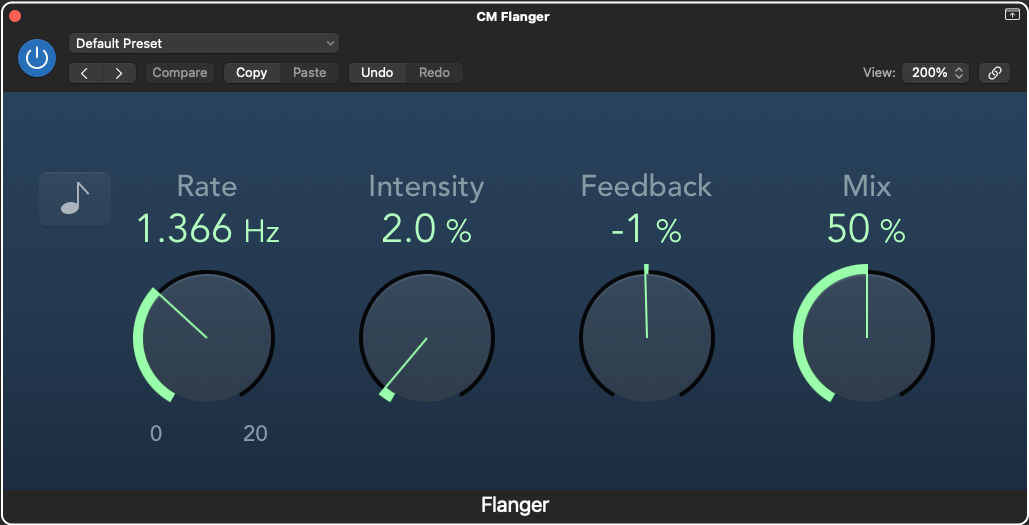
How frequent this wave cycles, is directly associated to the pitch. Pitch is also described as frequency, as it relates directly to how frequently we see the wave on a device such as an oscilloscope
If we take the most common note used in instrument tuning as an example (which is the note A, located above middle C on a piano keyboard) this note offers 440 cycles per second.
This measurement is also described as 'Hertz'. The height of each wave cycle is directly associated to the volume of the sound being measured or emitted. The louder the wave, the higher the waveform.
If we take these three principles into account using our sine wave analogy, but then consider duplicating the wave and placing it directly over the top of the existing wave, both waveforms will superimpose entirely on top of each other.
Get the MusicRadar Newsletter
Want all the hottest music and gear news, reviews, deals, features and more, direct to your inbox? Sign up here.
This would certainly be the case if being produced digitally, but instruments such as synthesisers (particularly the analog variety) will produce imperfections, meaning the waves are not an exact fit.
When we hear two waves that are slightly at odds with each other, we get the classic phasing effect where we can hear a slow cycle and beating, as the waves compete against each other.
This is why chorus effects delay the duplicated signal, to prevent an obvious phasing effect, which produces a slightly different and more pleasant sonic texture.

Flangers
Flangers can sound very similar to chorus effects. This doesn't come as any huge surprise, as the principles on which flangers operate are incredibly similar.
A flanger pedal or plugin duplicates the signal, just the same as chorus, with the main difference being that the amount of delay applied to the duplicated signal is far less than that employed by a chorus.
Typically, the signal will be delayed by a value of less than 20ms. Because this is such a relatively small value, it has the effect on the signal of heightening the interference between the wave phases.
This manifests itself audibly, with a relatively recognisable sound which is quite resonant, and sweeps up and down, in time with the LFO rate.
While the operational differences between chorus and flanging are similar, the outputted effects of flanging can sound very harsh, particularly if compared to the mellow sound of a nice chorus. Hence, it can be a really great effect for creating harsher textures.
Phasers
While choruses and flangers operate on a principal of delaying signals, you could be forgiven for thinking that phasers, as suggested by their name, operate in a very similar way. Just to add another layer of complexity, they don’t, although there are a considerable number of similarities, both in sound and operation.
Phasers do duplicate copies of the original signal, but where things differ is with the utilisation of a circuit known as an all-pass filter.
This filter alters the phase relationship throughout the various frequencies that have been duplicated. As these duplicated signals are passed through the filter, but not all of the frequencies are phase-shifted, with the filtered output being merged with the original signal, once outputted from the backend of the phaser.
As the signals are summed together, notches are formed at the points in the wave where the phase has shifted. As a consequence, phasers often provide an option to indicate the number of notches or bands you wish to create.
Surprisingly, a smaller number of notches can be just or even more effective than a larger number, depending on the effect you want to achieve.
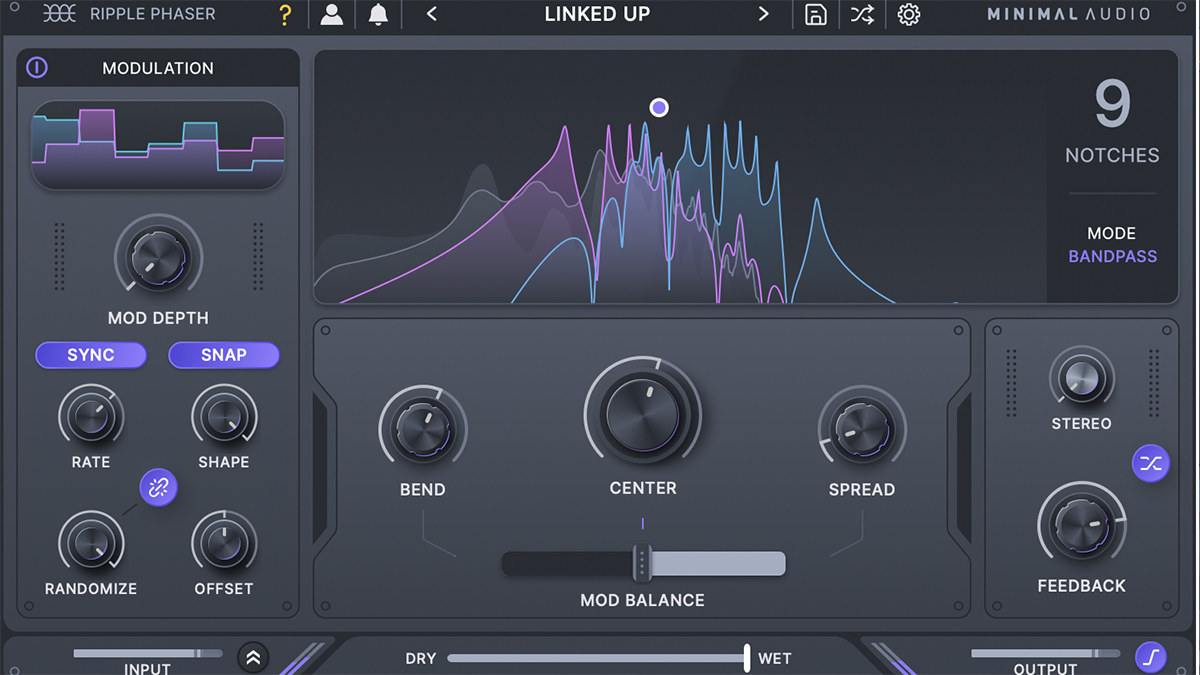
The association between chorus, flanging and phasing is undeniable, with many differences being subtle, to the point of being measured in milliseconds.
However, it underlies the point that it is essential to listen to your output, and form an opinion on the sound you’re hearing. If your flanger is too harsh, try a chorus; if it's too subtle, try a phaser.
Small Stones and Phase 90
As is so often the case with software, many of the really good or useful plugin iterations of modulation effect are either modelled on, or draw inspiration from, the classic pedals of yesteryear.
Strangely, there are less classic flanger pedals than there are phasers, but there are some very notable pedals worth knowing about.
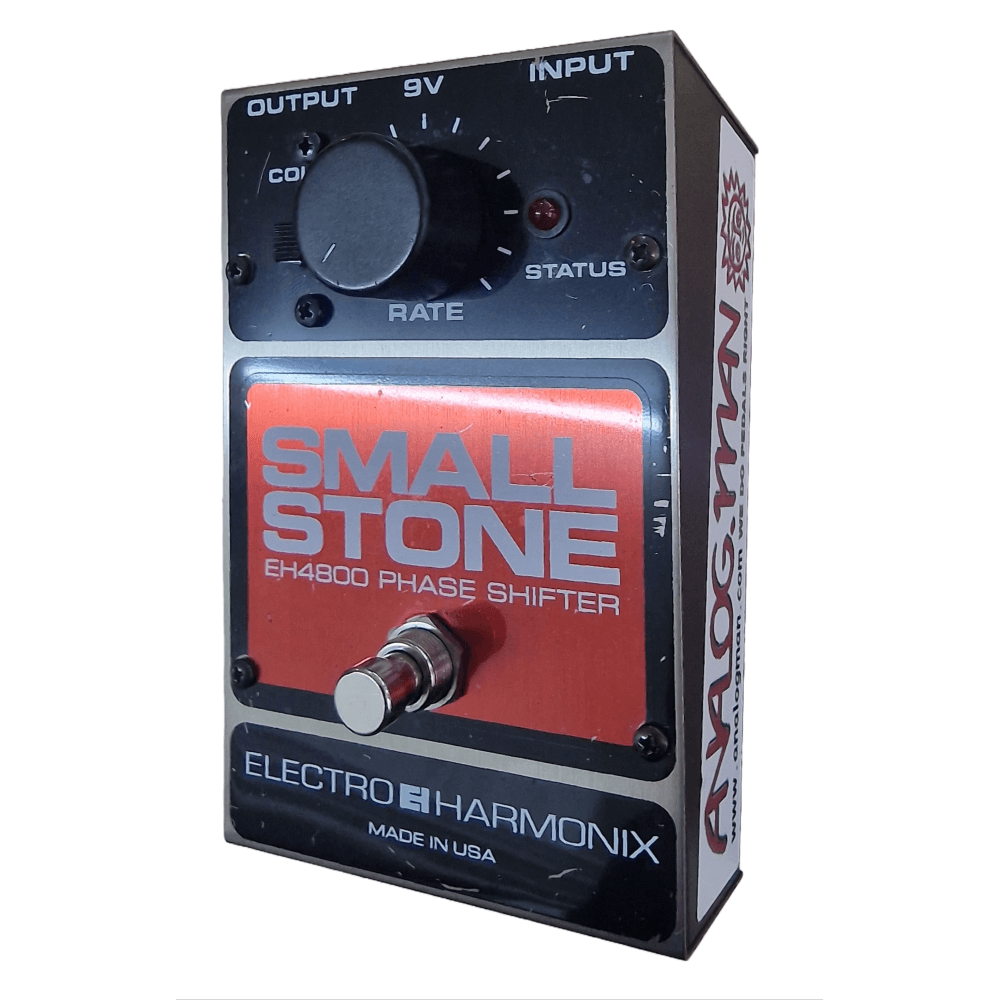
Two of the most highly regarded phasers are the EHX Small Stone and the MXR Phase 90.
The Small Stone was first produced in the 70s, and as a consequence has undergone a number of technical revisions over the years, despite its familiar and largely unchanged styling.
Vintage examples change hands for large amounts of cash, which tells us everything we need to know about their original sound and colour.
The Phase 90 provides a slightly mellower tone by comparison, being a popular choice for pairing with instruments such as the Rhodes electric piano.
Next time, we'll take a deeper look at how to get these types of effects (and more) moving and get your track feeling more lively. Don't forget to check out the first instalment in our movement and modulation series, analysing chorus, here. And for further reading - check out our ultimate overview of modulation effects here
Roland Schmidt is a professional programmer, sound designer and producer, who has worked in collaboration with a number of successful production teams over the last 25 years. He can also be found delivering regular and key-note lectures on the use of hardware/software synthesisers and production, at various higher educational institutions throughout the UK
"If I wasn't recording albums every month, multiple albums, and I wasn't playing on everyone's songs, I wouldn't need any of this”: Travis Barker reveals his production tricks and gear in a new studio tour
“My management and agent have always tried to cover my back on the road”: Neil Young just axed premium gig tickets following advice from The Cure’s Robert Smith






